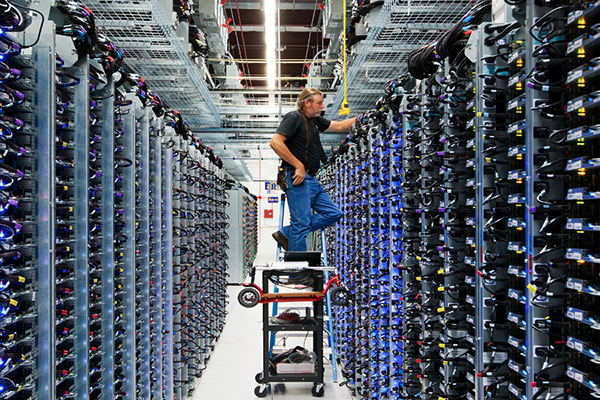If you’re in the ABC Canberra area at 4.05pm, I’ll be talking about this with Adam Shirley. Listen live here.
One of the most frustrating statements in modern business is “you’ll have to send a fax.”
Facsimile machines, once the pinnacle of 1980s business communications although they were first invented in 1843, started to die once the internet became common and email became the dominant messaging system.
Once dial up modems started becoming standard on computers, receiving faxes electronically became feasible and for while businesses struggled with the notoriously unreliable software to receive facsimile messages without the hassle of paper.
Eventually however they passed away as most business found there was no need for faxes and anything requiring a signature could be electronically signed or a scan of the original document sent.
Some industries and sectors – particularly the legal world and some government agencies – still hold out the need to send an ‘original’ by fax, party under the fallacy a facsimile copy is more secure, reliable and legally more valid than an email or electronically lodged document.
During the ABC Canberra program one listener pointed out the medical industry is dependent upon the older technologies, “we couldn’t operate without them” she told the producers. In a time of connected medical equipment and electronic data interchange, the medical industry has little justification in using outdated manual methods but habits die hard in a very conservative industry.
None of the myths around the reliability of fax are true and the reality is details sent by fax are just as easily intercepted by nefarious employees or third parties as emails. In many respects a fax is less secure than electronically interchanged data.
If you do have the need to send or receive a fax though all is not lost, services like eFax will still send or receive messages and then, ironically, email them onto you.
However there is a downside with these services, as one harried PA whose organisation still receives faxes due to its dealings with the legal profession described, the vast bulk of messages they receive are junk messages mainly offering cheap deals on office supplies.
The fax machine is another example of a transition effect where a stop gap product was effective for a short period as businesses adapted to new technologies, the SMS is going through a similar process now. Neither will be the last example of this.
Similar posts:




